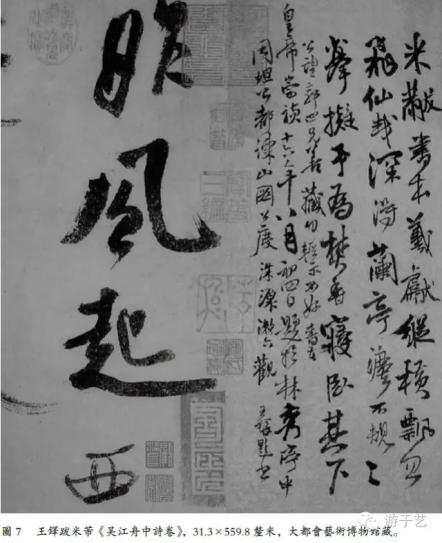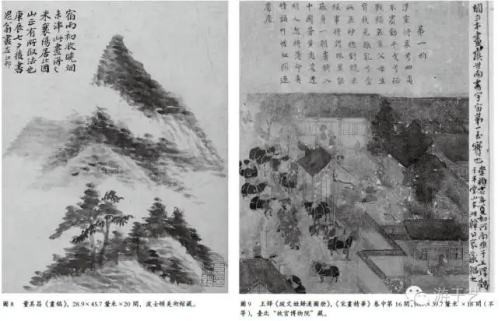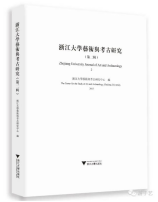| 出版社: 浙江大學出版社 |
一、目錄
論文
由新出青銅器再論“恭王長年説”——兼論西周中期後段青銅器的變化 韓巍(1)
Ancient Chinese Bells and the Origin of the Chromatic Scale Robert Bagley (56)
周公輔成王 繆哲(103)
Dong Qichang’s Seals: A More Rigorous Approach to the Dating of Undated Works Celia Carrington Riely (157)
分歧與動力——論王鐸與董其昌 薛龍春(254)
書評
Wang Haicheng, Writing and the Ancient State: Early China in Comparative Perspective Zhang Hanmo(317)
Wei-cheng Lin, Building a Sacred Mountain: The Buddhist Architecture of China’s Mount Wutai 李玉珉(356)
Peter N. Miller and François Louis, eds. Antiquarianism and Intellectual Life in Europe and China, 1500–1800 and Alain Schnapp, ed., with Lothar von Falkenhausen, Peter N. Miller, and Tim Murray, World Antiquarianism: Comparative Perspectives Jeffrey Moser(367)
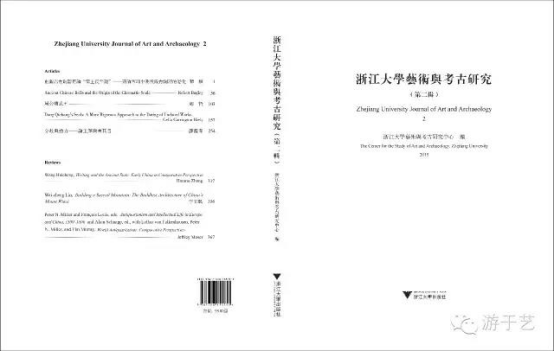
二、論文提要
由新出青銅器再論“恭王長年説”——兼論西周中期後段青銅器的變化
A Reconsideration of the Length of King Gong’s Reign on the Basis of Recently Discovered Bronzes, with Further Discussion of the Transformation of Bronzes in the Latter Phase of the Middle Western Zhou
韓巍
北京大學
提要:本文以近年新出西周青銅器爲切入點,將簋、裘衛簋、虎簋蓋、作册吴盉等西周中期的高紀年銅器定爲恭王時器,進一步論證了恭王紀年應在30年以上的觀點。在此基礎上,采用“繫聯法”找出恭王時期的代表性銅器群,並將其劃分爲10組。同時將恭懿時期高等級墓葬出土的青銅器資料,與穆王時期典型墓葬的青銅器資料進行對比,總結出恭王時期青銅器在器類、組合、器形、紋飾等各方面出現的新變化,指出恭王銅器具有“承前啓後”的特點,開啓了西周青銅器從前期向後期演變的大門。最後討論了過去學者提出的西周中晚期存在一次“禮制改革”的觀點,指出西周青銅器這一巨大轉變實際上經歷了西周中期後段至少五六十年的時間,而並非過去認爲的是一種短時間内完成的“自上而下的革命”。
關鍵詞:西周、青銅器、斷代研究、年代學、恭王、禮制改革
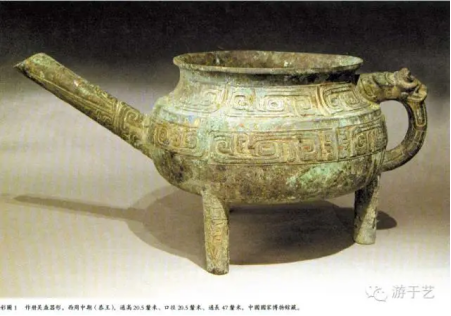
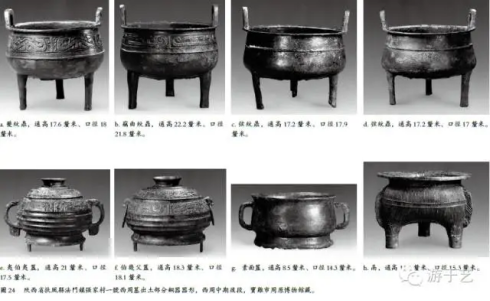
Ancient Chinese Bells and the Origin of the Chromatic Scale
中國古代編鐘和半音音階的起源
Robert Bagley
Princeton University
Abstract: In recent decades Chinese archaeologists have unearthed ancient musical instruments whose implications for music theory reach well beyond ancient China. Tuned sets of bronze bells that still sound their original pitches are now known as far back as the eleventh century BCE. Most remarkable and most informative is a fifth century set found in the tomb of Marquis Yi of Zeng (d. 433 BCE). Its sixty-five bells—a total of 2,500 kilograms of bronze—play a five-octave pentatonic scale that begins two octaves below middle C. A three-octave stretch within that compass is fully chromatic. The bells are inscribed at their strike points with the names of the pitches they sound and with longer texts describing transpositions from one pentatonic tonality to another. Nineteen further instruments—drums, winds, zithers, and a set of forty-one chime stones—werefound alongside the bells. The chime stones, twelve per octave, are numbered from 1 to 41 in pitch order. Beginning on the first G# above middle C, they supply just under three and a half octaves of the chromatic scale. Like the bells, they are inscribed with their pitches and with transposing inscriptions written by theorists who understood the chromatic scale as equivalent to all possible transpositions of the anhemitonic pentatonic scale. On the evidence of these and earlier finds, the present paper argues that in China the chromaticscale was constructed and instruments were tuned to it long before theorists learned how to calculate musical scales. The existence of a non-mathematical route to the chromatic scale has implications for our understanding of the scale in the West as well as in China.
Keywords: chromatic scale, tuning and temperament, tuned bell sets, ancient Chinese music theory, Zeng Hou Yi, Ling Lun, Lüshi chunqiu
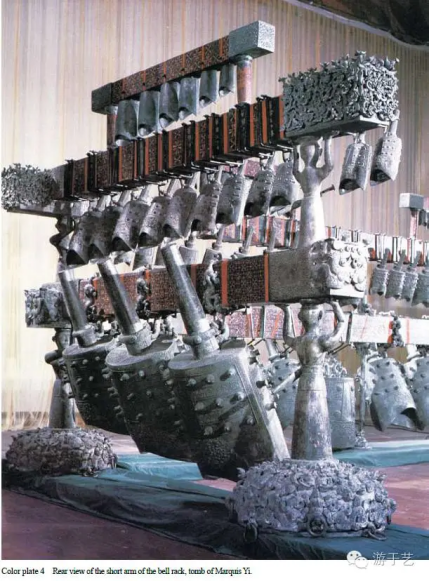
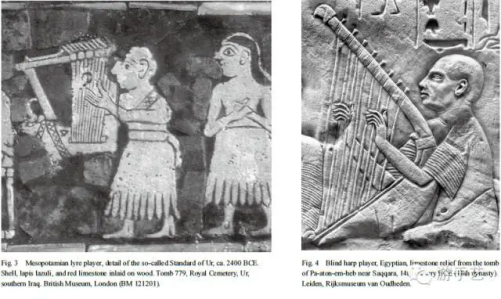
周公輔成王
The Duke of Zhou Acting as King Cheng’s Regent
繆哲
浙江大學
提要:“周公輔成王”是戰國儒生據《尚書》等古籍所構建的一儒家意識形態話語,漢代武帝後,又成爲官方意識形態的重要教條。是後君臣咸引爲説,以推進其政治事業或意識形態主張。唯此義用於漢代政治與意識形態,又隨情境而隱顯。蓋王莽前,“周公輔成王”多爲辯説的修辭,或强化論點,或藻飾其説。平帝至居攝中,王莽重構漢代意識形態,以爲政治之合法,在於重演歷史;“周公輔成王”遂頗遭古文經義重構,成爲王莽政治劇場的主要腳本。光武復漢,雜取王莽重構的意識形態,並加以標準化;經義之“周公輔成王”,又成爲“帝王有輔”義的“正例”。其後明帝與章帝,自命“繼體守文”的成王;“周公輔成王”例,則被演出爲禮儀的盛觀。是後其義漸隱,僅爲修辭的濫調了。漢代的《周公輔成王》畫像,或産生於上述情景,並作爲文字經義的視覺表達,服務於不同的政治主張。其類型今可知者有二:一據今文經義,一據古文經義。前者始作於武帝,圖作成王在襁褓,周公負之於背;後者或始作於王莽,其中成王作十餘齡童子形象,正面站立。今存魯中南東漢祠墓畫像中的《周公輔成王》,或爲後者之遺影。
關鍵詞:漢畫像、周公、成王、王莽、今文經、古文經
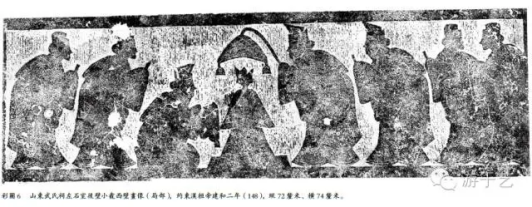
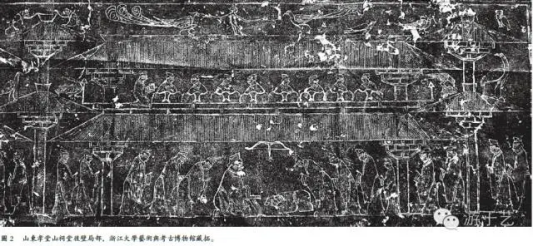
Dong Qichang’s Seals:
A More Rigorous Approach to the Dating of Undated Works
董其昌的印章——無年款作品繫年新論
Celia Carrington Riely
Independent Scholar (Ph. D., Harvard University, currently resides in France)
Abstract: The art historian whostudies later Chinese painting and calligraphy, faced with an artist’s undated work, usually dates it on the basis of its style, inserting it into the body of dated works by the artist at the point where it seems stylistically best suited. But precisely where an undated work fits within an artist's stylistic developmentis open to any number of interpretations. This essay attempts to demonstrate that for the many undated works by the late Ming artist Dong Qichang on which the artist has impressed his seals, the seals frequently afford a far more accurate means of dating than a judgment based on style alone can provide.
Keywords: Dong Qichang, seals, dating
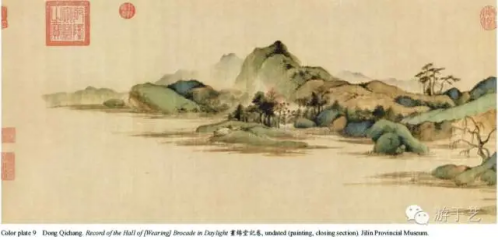
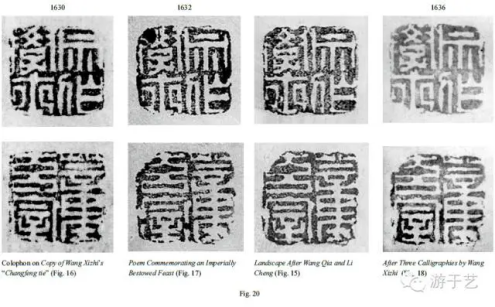
分歧與動力——論王鐸與董其昌
Diversity and Drive:
On Wang Duo and Dong Qichang
薛龍春
南京藝術學院
提要:晚明王鐸繼董其昌而起,與董一樣,他也頗具雄心,以文化權威自期。在與董其昌相交集的時期,他們感情甚洽,在摹古、鑒定、社交策略及傳播手段上,董氏都啓發了年輕的王鐸。而在董其昌去世之後,王鐸卻毫不諱言和董的分歧。在繪畫方面,他不認同董源在山水畫史上的宗主地位,而對荊浩等五代北宋畫家給予了更高的評價。在書法方面,與董其昌推崇“秀”與“淡”不同,王鐸將氣勢、力量與層次的繁複作爲經營的重心。追隨董其昌的松江派與時流,成爲王鐸嚴厲批判的標靶。這些分歧,與王鐸對大幅作品的青睞有密切關繫。就書法而言,王鐸爲適應立軸新形式對整體感的要求,完成了以結構模式對董其昌用筆模式的取代。這一轉换更深刻的原因,則可追溯到萬曆、崇禎兩個時期不同的歷史情境與文人心態。董、王之間的分歧成爲當日書法新變的動力,而王鐸對偶然意趣的强化,又隱然可見董其昌所提倡的“生”之美學的遺澤。
關鍵詞:王鐸、董其昌、晚明、文化權威
